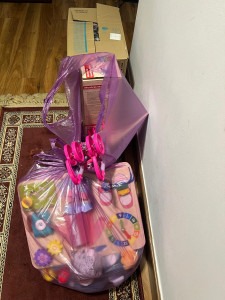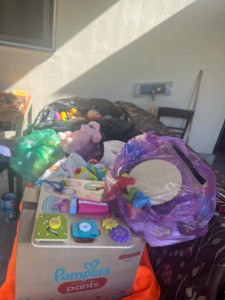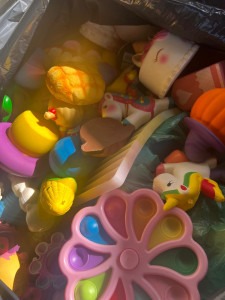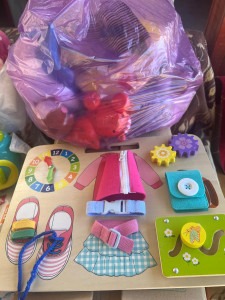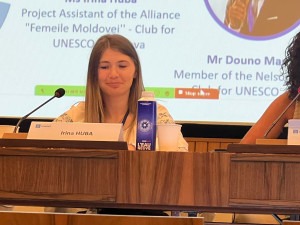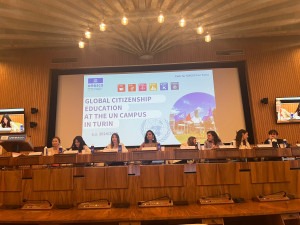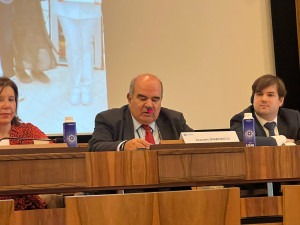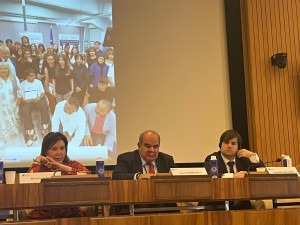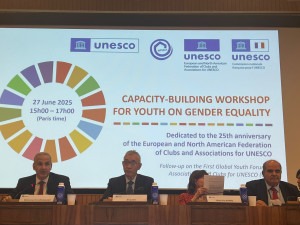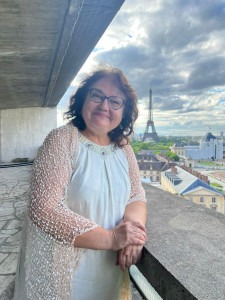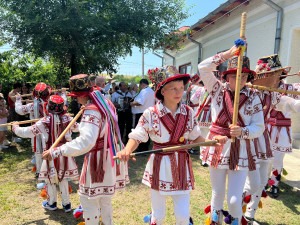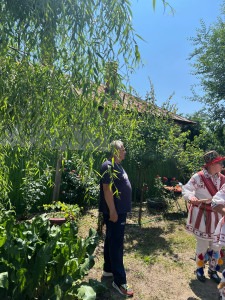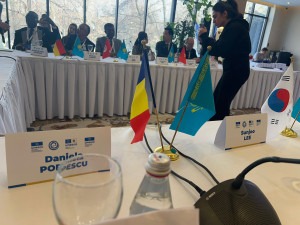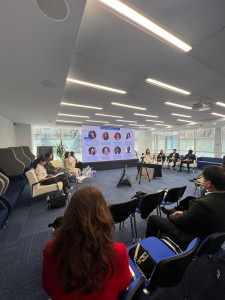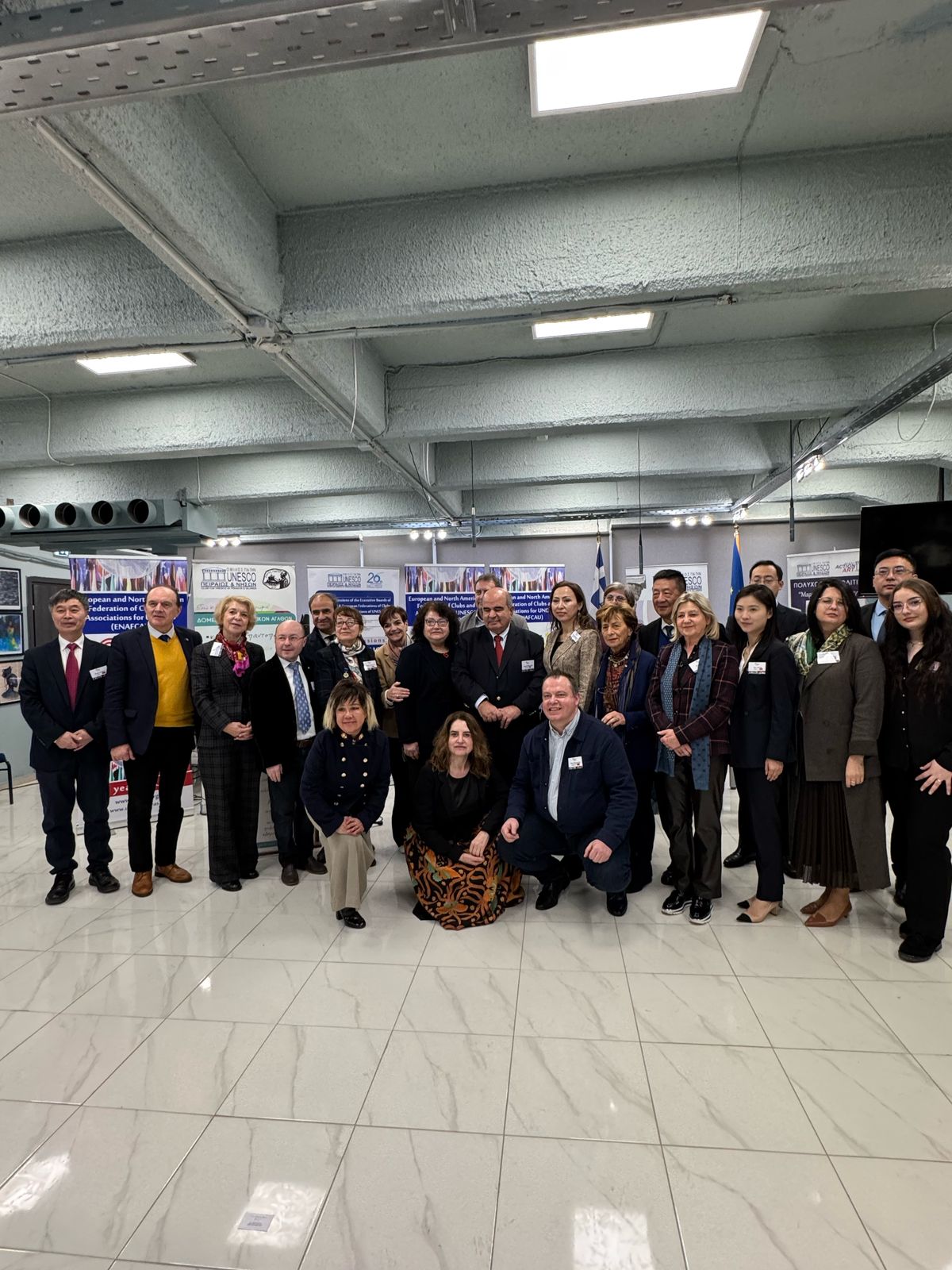The European Conference on Youth Education in Museums took place on May 14-17, 2009 в “D. Вкусы” National Village Museum in Bucharest.
The Conference Schedule was structured around the following core themes:
1. Types and Goals of Youth Educational Programmes in Museums, Art Galleries and Cultural Organisations
2. Youth Educational Methods, Strategies and Technologies in Museums – Past, Present and Future. Thinking Outside the Box: Ways of Informal Teaching and of Young Audience Development
3. The European YOUth and MUSEums Network
Along with 40 paper presentations, several panel discussions were held on the following topics:
– Whats and Hows of Youth Education in Museums, Art Galleries and Cultural Organisations: Dos and Dont’s, Problems and Antidotes, Burning Tasks for the Future
– Ways to develop the European YOUth and MUSEums Network
– YOUth and MUSEums Partnership Building
– What should museums do in order to draw in and hold the attention of the young European generations?
Fourty experts in cultural youth education in museums and a group of young people representing several clubs, centres and associations for UNESCO issued from 15 European countries have delivered highly inspiring papers on the given topic.
The diversity of cultural backgrounds displayed throughout the conference turned the meeting into an exciting experience for all the participants.
Документы, представленные кураторами для образования молодежи либо имел дело с молодежными образовательными программами в целом, или с акцентом на определенной образовательной программы, разработанной в определенном Европейского музея.
Документы, представленные молодыми представителями ряда европейских клубов, центры и объединения по делам ЮНЕСКО объединили результаты опроса молодежи осуществляется следующим образом.
Серия открытые вопросы попросили школьников средних и высоких и студентам для получения статистически полезную информацию об их отношениях в музеи. Вопросы были сформулированы ELITE арт-клубе для сотрудников ЮНЕСКО.
В конце концов, Анализ данных было предложено.
Молодые представители европейских клубов, centres and associations for UNESCO comprehended the results yielded by their survey and presented the respective results at the conference in Bucharest.
Panel discussions reprised major points addressed in the paper presentations and raised questions regarding museum identity and development. They concluded that an appropriated way to draw in and to hold the attention of the young European generations to museums is to strengthen and further develop the social and communicative nature of museums.
Touching young people’s minds and hearts, promoting pleasurable or satisfying leisure activities, involving all of the senses in a variety of experiences including the young public’s total immersion into a newly recreated culturally specific framework, promoting big events along with personalised learning opportunities that could enable learners to feel valued as individuals, developing a network of peer leaders ready to mentor constitute successful ways of reaching both a high rate of young (return) visitors as well as a high quality of the young audience’s engagement with the museum.










